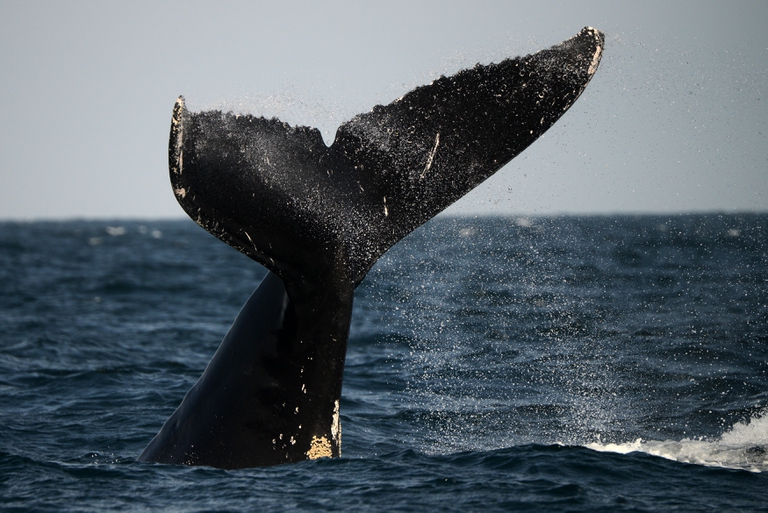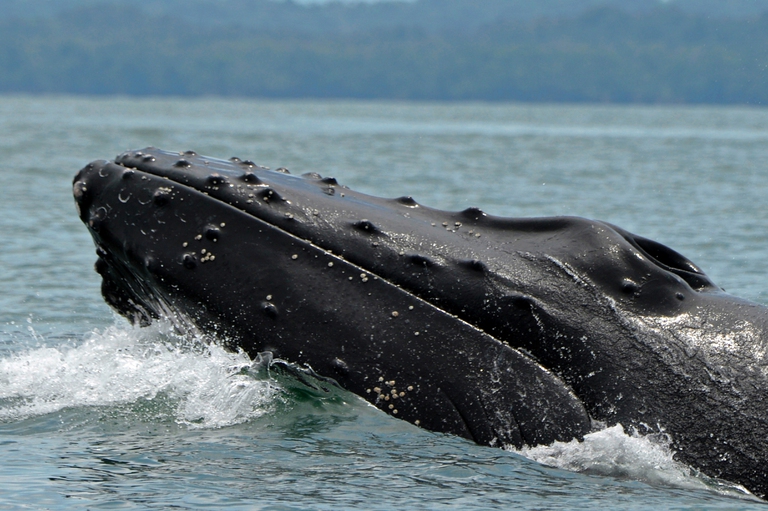
A group of experts in Tokyo suggested pouring radioactive water from Fukushima into the open sea. A marine biochemist explains the consequences of this absurd decision.
Il Giappone ha presentato l’ennesimo programma di caccia alle balene per scopi “scientifici” che prevede la soppressione di 314 cetacei per anno, per 12 anni.
Japan doesn’t stop and submits new whaling plans for scientific purposes starting from 2017. Despite the criticism from the IUCN (International Union for Conservation of Nature) and the International Whaling Commission, Japan could kill 314 whales every year, for 12 years, as of 2017.
Japan plans to hunt 122 whales more than before, 72 common minke whales (Balaenoptera acutorostrata) and 50 sei whales (Balaenoptera boreali) more than the previous whaling program, the Newrep- A. The International Court of Justice (ICJ) in The Hague opposed Japan’s whaling for scientific purposes under the Whaling in the Antarctic verdict. The 2014 case is relevant today more than ever as the structure of Japan’s plan (Jarpa II) was judged not convincing from a scientific point of view.
Specifically, the objectives declared in the drawing-up phase weren’t consistent with the number and kind of animals killed. There’s more. Japan hasn’t provided any elements in favour of the fact that it had tried to avoid lethal methods, in order not to kill animals to carry out the scientific researches provided by the plan. In the new draft submitted to the scientific commission, Japan has claimed its will to hunt only two species – common minke whales and sei whales – off the coasts of Abashiri and Kushiro (Hokkaido) and Ishinomaki (Miyagi prefecture). The International Whaling Commission will assess Japan’s whaling plans in its annual meeting, scheduled for May 2017.
Siamo anche su WhatsApp. Segui il canale ufficiale LifeGate per restare aggiornata, aggiornato sulle ultime notizie e sulle nostre attività.
![]()
Quest'opera è distribuita con Licenza Creative Commons Attribuzione - Non commerciale - Non opere derivate 4.0 Internazionale.
A group of experts in Tokyo suggested pouring radioactive water from Fukushima into the open sea. A marine biochemist explains the consequences of this absurd decision.
The decline in grey and humpback whales in the Pacific and Atlantic Oceans has been traced to food shortages caused by rising ocean temperatures.
The United Nations has launched a major international alliance for ocean science, undertaking a mission close to all our hearts.
The cargo ship that ran aground off the coast of Mauritius on 25 July, causing incalculable damage, has split in two and its captain has been arrested.
The largest coral reef in the world is severely threatened by climate change, but researchers are developing strategies that could contribute to saving the Great Barrier Reef.
Seychelles have extended its marine protected area, which now covers over 400,000 square kilometres, an area larger than Germany.
Norwegian oil giant Equinor had pulled out of drilling for oil in the Great Australian Bight, one of the country’s most uncontaminated areas. A victory for activists and surfers who are now campaigning for the area to be protected forever.
30 per cent of the planet needs to be protected to stop precipitous species decline. The UN has set out its aims for the the COP15 on biodiversity scheduled for Kunming, China in October.
Ocean warming has risen to record highs over the last five years: just in 2019 the heat released into the world’s oceans was equivalent to that of 5-6 atomic bombs per second. The culprit, no doubt, is climate change.









